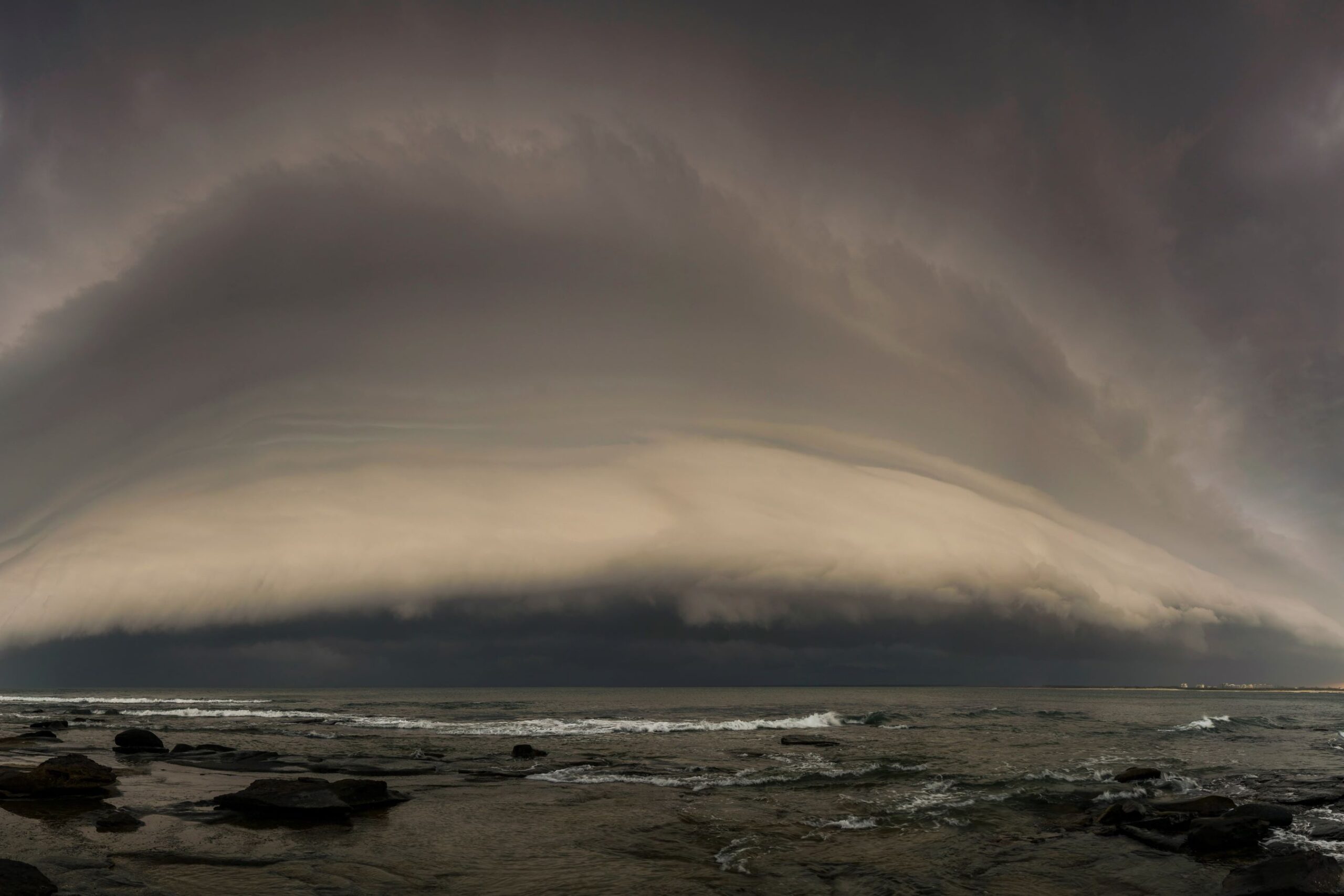Rain topped and tailed 2024 on the Sunshine Coast but residents of one area had wetter feet than others.
Figures show what could be considered a new record for rainfall at Caloundra.
A weather station on Sugar Bag Road clocked a total of 2615mm for the year, according to OzForecast.
The figure is 55mm more than the previous highest figure, according to historical records for the next nearest measuring location.
Bureau of Meteorology data for the Caloundra Signal Station from 1886 to 1992 shows the highest rainfall recorded was 2560mm in 1974.
Figures recorded by residents on private rain gauges during 2024 even surpass the Sugar Bag Road figure.
Like stories that inform, connect and celebrate the Sunshine Coast? So do we. Join an independent local news revolution by subscribing to our FREE daily news feed at the bottom of this article.
A resident of Pelican Waters and another at Diamond Head have both claimed on social media to have tallied 2573mm for the year.
Others measured well over the BoM’s 1886-1992 annual mean of 1578.3mm, reporting falls of 2027mm and 2425mm in Caloundra West, 2241mm at Golden Beach, 2037mm in Baringa, 2405mm in Little Mountain and 2167mm at Wurtulla.
Other parts of the Sunshine Coast blitzed their mean rainfalls, with falls of over two metres the norm.
The 2024 figure of 2301mm for Tewantin exceeded the means of 1697mm at the post office between 1895 and 1996, and 1593mm at the RSL park since then.
Last year’s rainfall fell short of Tewantin’s highest annual rainfall figures of 3061mm in 1998 at the post office and 2893mm at the RSL park in 1999.
Nambour picked up 2024mm in 2024, well above the mean of 1694mm for rainfall at the Department of Primary Industries station between 1952 and 2007, but a long way off the 1999 record of 3040mm.

The Sunshine Coast Airport’s annual rainfall figure of 2019mm last year was also above the mean of 1489mm for 1994-2024, but still a very wet month or two shy of the high of 2599mm in 1999.
The BoM is yet to release its official weather summary for 2024 but a spokesperson said preliminary analysis showed rainfall was above average for large parts of the state.
“From August to November, thunderstorm activity associated with significant atmospheric moisture brought above average rainfall across large parts of Australia, including parts of south-eastern Queensland,” the spokesperson said.
“Rainfall in 2024 was influenced by unusually warm temperatures in the nearby oceans.
“This produced more moisture in the air via evaporation, which contributed to well above average rainfall over much of the state in 2024.”





